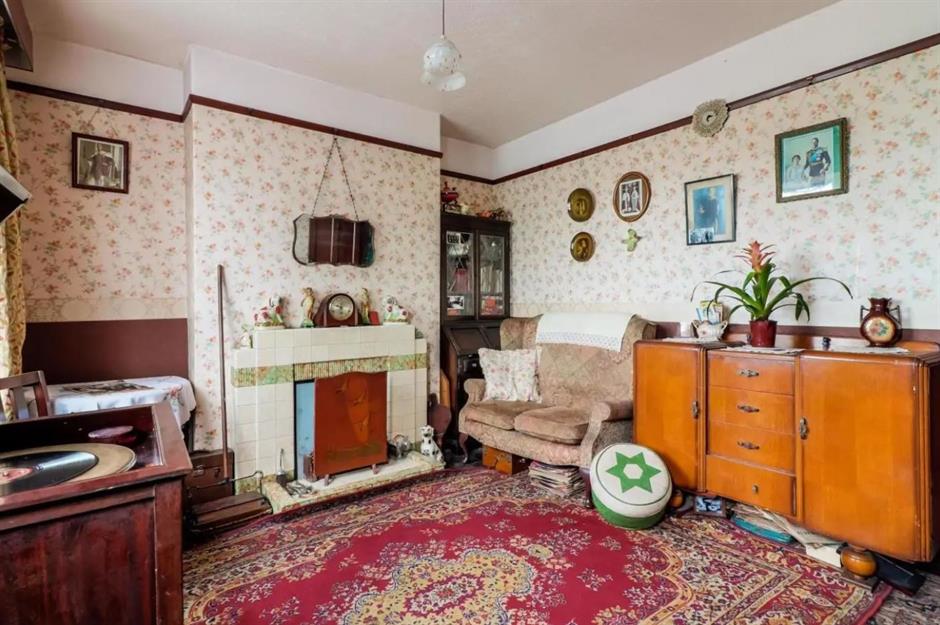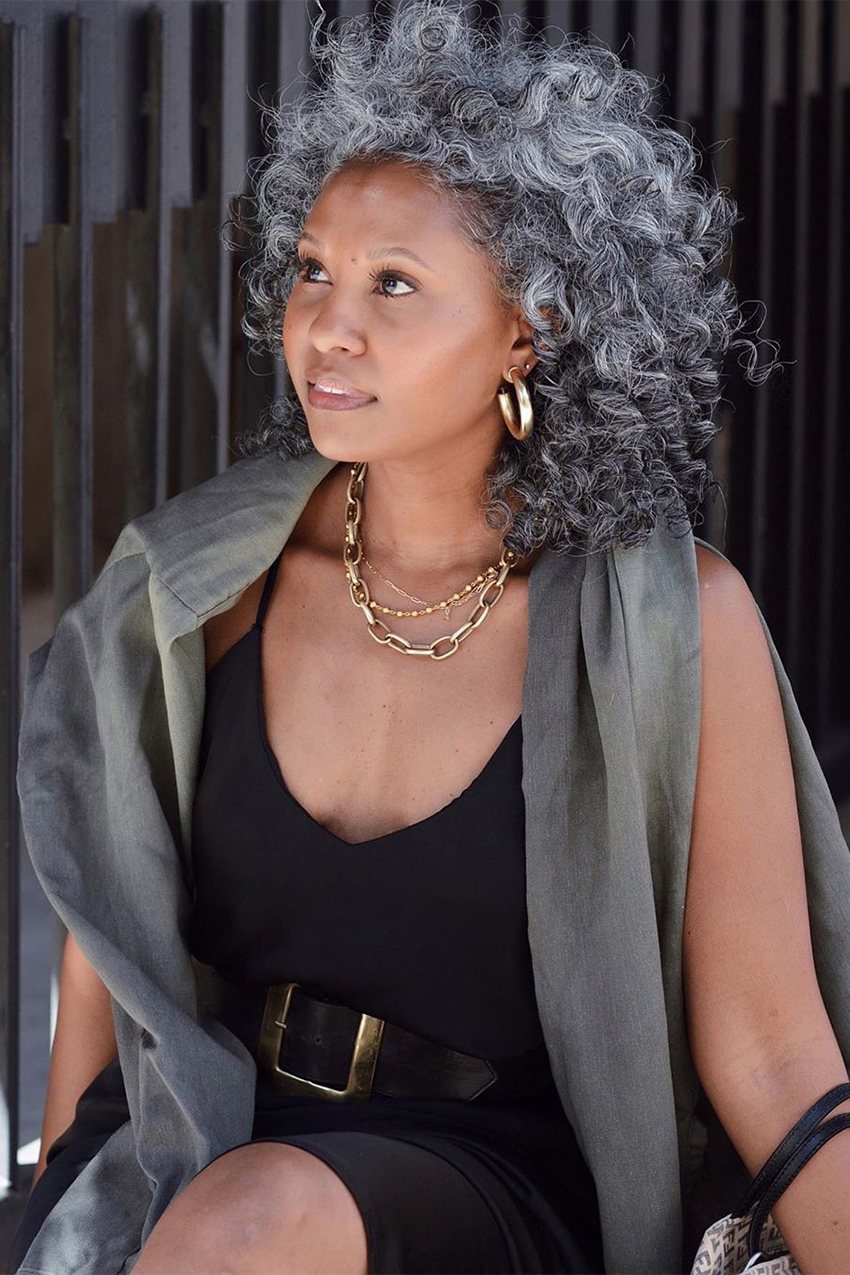Table Of Content

This speaks volumes of our commitment to creating spaces that efficiently blend functionality with aesthetics, a characteristic core to arab house interior design. 1940s homes had a genuine warmth to them, which was largely due to the use of wood furniture combined with the homey fabrics of this time. While today we often think of wood as a heavy and formal material, in the 1940s, it was used to create simple staple pieces. Chairs with slim legs, spindle , and subtle carved details were popular, as were wooden sideboards, coffee tables, and dinette sets in dark or blonde wood tones.
New Materials and Simple Approach in the 1940s Designs
Other names appropriately include "Minimal Transitional" and "Minimal Modern." Apart from all-white everything, color trends of the 2010s included gray and millennial pink, a soft rosy hue that harkened back to the 1950s. "Millennials are nostalgic for an era they never experienced, an era of exuberance and optimism, a time when the government really looked after people." By 2015, houses averaged nearly 2,700 square feet, three times the size in 1950. This was due to historically low interest rates that made it cheaper to build, as well as a rise in multigenerational living.

Love 1940s interior design? Get the look in your living room with these key pieces
There were Eames chairs of all types made with steel, plastic, and bentwood, and Arne Jacobson created the iconic Egg Chair. The suburbanization of the nation that started in the late 1940s accelerated as we built housing developments far from city centers, connected by new superhighways. Hitler's forces swept through Europe, Hirohito's through the Pacific, and here at home, our energy, materials, and industrial strength went into the fight. "For the first half of the decade, almost nothing happens in the interior design world because of the war," Gatlin says. Factories stopped creating furniture and consumer goods and began making tanks, bullets, and fighter planes to supply our troops. Even the creation of Fiesta dishware came to a halt so its manufacturer could shift resources to produce china for armed forces.
Sentimental 1940s interior design:
Decus opens up a 1940s home with skylights and expansive windows - STIRworld
Decus opens up a 1940s home with skylights and expansive windows.
Posted: Tue, 17 Oct 2023 07:00:00 GMT [source]
Many also wanted kids, and the baby boom exploded with nearly 37 million children born in the 1950s. The 1930s were the golden age of radio, and living rooms were arranged around the family radio cabinet, which was treated like a piece of furniture, much like TVs in the latter part of the 20th century. In 1929, the stock market crashed, the banking system collapsed, and the party ended.
Bunkhouse and Reurbano convert Mexico City building into boutique hotel - Dezeen
Bunkhouse and Reurbano convert Mexico City building into boutique hotel.
Posted: Wed, 17 Jan 2024 08:00:00 GMT [source]
The natural warmth and character of the untreated knotted pine indeed leaves an endearing aesthetic, similar to the feelings I get when inside an arabian house interior design. As we walk through memory lane, we see the boldness and contrast that defined the color palette of the 1940s interior design. The era was characterized by its iconic color co operations that showcased distinct contrasts in spaces. Yellow paired with purple or red paired with blue became symbolic of this style, lending a vibrant narrative to the art of habitation.
Other architects and designers built upon Fuller's ideas to create a variety of dome-shaped dwellings. William J. Levitt was also a returning veteran, but, being the son of real estate investor Abraham Levitt, he took advantage of the GI Bill in a different way. In 1947, William J. Levitt joined forces with his brother to build simple homes on a large tract of land on Long Island, New York. In 1952, the brothers repeated their feat outside of Philadelphia, Pennsylvania. Mass-produced tract housing developments called Levitttown welcomed the white middle class with open arms. Exposed half-timbers, stone, and brick detailing were expensive, so the Minimal Traditional style turned to wood construction.
Perhaps inspired by Wright's California Hollyhock House, early Ranches were quite complex,. By the end of World War II real estate developers seized on the idea to build a flurry of simple, affordable homes that could be quickly constructed in America's rapidly expanding suburbs. The one-stoy Ranch quickly gave way to the Raised Ranch and the Split Level. America's Great Depression brought economic hardships that limited the types of homes families could build. The stark design of the Post-Depression Minimal Traditional house highlights the struggle. The simple architecture is often called "Colonial" by realtors, but the McAlesters' Field Guide best describes the home as minimal in decoration and traditional in style.
These opposing shades were not only attractive but also had a knack for triggering emotions, instilling energy, and illuminating spaces. Even today, you can find glimpses of the 1940s in reupholstered armchairs and nautical themed nurseries. Large kitchen islands, a common feature in modern homes, also trace their roots to this era. "It's like design hit its pinnacle with modernism," says Dr. Anna Ruth Gatlin, assistant professor of interior design at Auburn University. This egalitarian modernist philosophy was summed by Charles and Ray Eames, a husband-and-wife team of furniture designers who made some of modernism's most iconic pieces. "We want to make the best for the most for the least" was their mission statement.
However, once the war ended, a new design aesthetic emerged that would come to be known as American Traditional. When planning for open arrangements, I consider how to imbue the space with individual inspirations⏤ perhaps art collected during travels, a cherished family memento, or a splash of a favorite color. Repurposing old furniture is one of the easiest ways to add a vintage touch to your space. To achieve a truly vintage look in your home, consider incorporating these hues into your walls or furniture pieces. If painting the walls is not an option, you can still infuse pops of color through accessories such as throw pillows or curtains.
It’s remarkable how this era leaves an indelible imprint on the current interior design landscape. The quintessential vintage patterns and bold colors, bring a rediscovered charm to contemporary spaces. Some of the era's most iconic accessories were mass-produced but well-designed dishes and housewares like Jadeite, Fiesta ware, and McCoy pottery. They were affordably priced yet high style for a nation fallen on hard times. Fiesta, introduced in 1936, was wildly popular and cost less than a dollar apiece.
The housing market was flooded with opportunities, and the millions of new Baby Boomers and their families had places to live. Developers also embraced simplified versions of Georgian Colonials, Spanish Colonial, and other American colonial styles. The 2010s also saw the return of houseplants, which had fallen by the wayside after the 1970s. This live-plant revival was attributed to millennials, many of whom had put off having children due to student loan debt and found that succulents and fiddle leaf figs filled their need to nurture.
During the war, Dior was under the employ of Lucien Lelong, but by 1946 he had branched out and founded his own label. For his debut collection, spring 1947, he showcased clothing that ran counter to the prevailing fashion of the moment. His skirts were overflowing with yardage, his shoulders were sculpted like a second skin, and practicality was discarded for unabashed loveliness. Dubbed “the New Look” by Harper’s Bazaar editor Carmel Snow, the collection was actually called the Corolle line, and its most famous piece is the Bar Suit.
Unlike the Levitts, however, Eichler stood for racial equality in home-buying — a belief that some say affected his business success in 1950s America. Eichler designs were copied and freely adapted throughout the California housing boom. Though de Neufville’s obsession with beautiful homes remains strong as ever, the culmination of it all just might be enough to let him stay put for a while. What was so appealing about living in a farmhouse when we could simply say "Siri, order a pizza" and have a medium Hawaiian show up 30 minutes later?
Only 2,680 Lustron houses were manufactured between 1947 and 1951, ending the dream of Swedish inventor and industrialist Carl G. Strandlund. About 2,000 still stand, marking a significant moment in the history of American residential architecture. At the end of World War II, soldiers returned home to start families and new lives. Nearly 2.4 million veterans received government-backed home loans between 1944 and 1952 through the GI Bill.

No comments:
Post a Comment